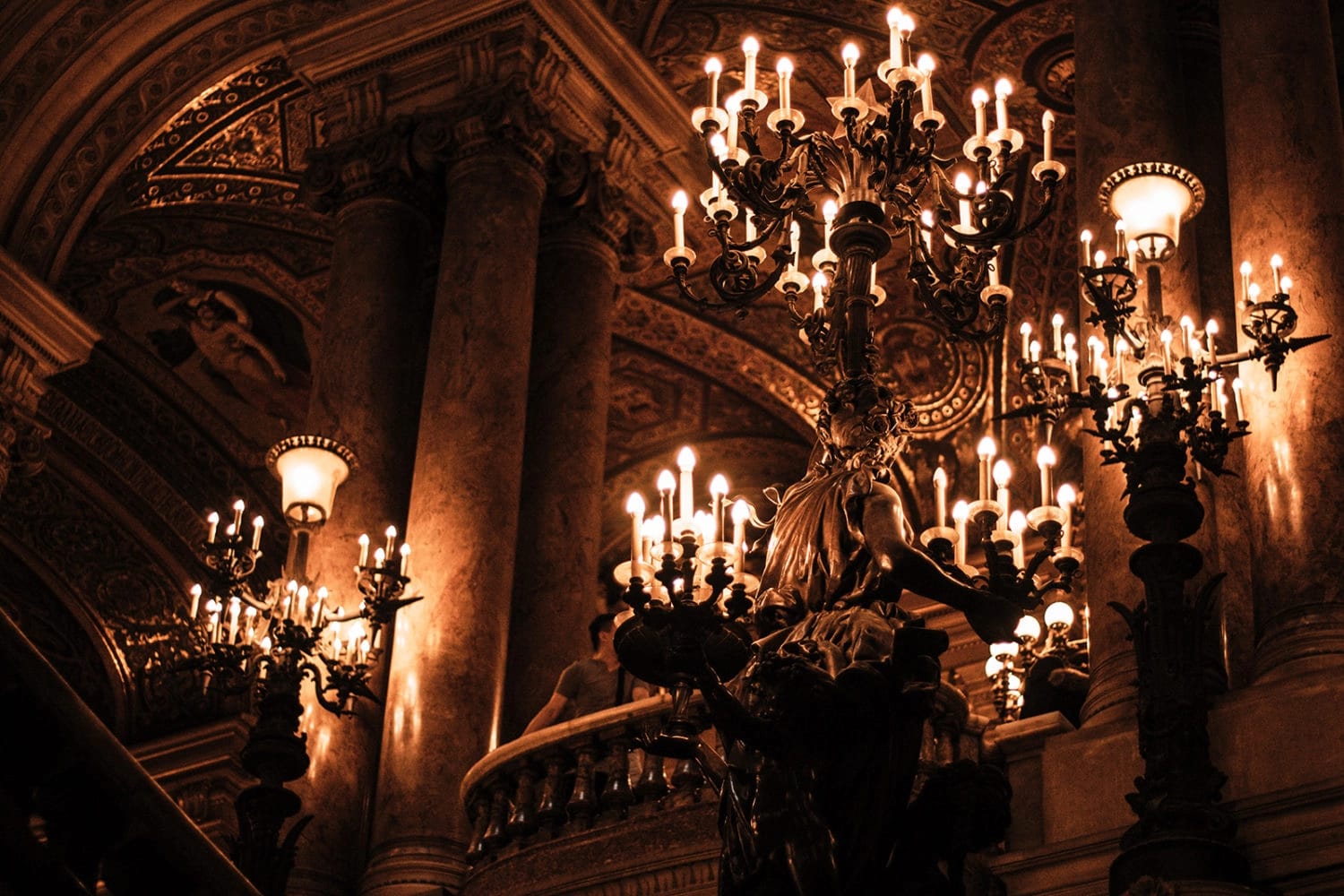
Giacomo Puccini
Welcome to the Guide to Opera, a new series of blogs designed to help you explore the world of opera. Whether you’re newly interested, vaguely curious, or looking to expand your knowledge, this series will help break down the jargon, introduce you to some gorgeous music, and the local groups putting on incredible performances in the Southern California.
Three of opera’s biggest hits just happen to fall alphabetically next to each other – Aida, La bohème, and Carmen. In this series of blogs, we’ll take a deeper dive into these gems of the stage and explore what makes them so special.
Hippies. Free spirits. Hipsters. The young artists that make up the population of trendy neighborhoods like the Mission or Castro, like Venice and Silverlake. These are the characters at the center of the action in Puccini’s La Bohème, young people following their dreams amid the hustle and bustle of the big city.
Puccini first came across the story for La bohème in 1893 during a very public disagreement with Pagliacci composer Ruggero Leoncavallo over who would be the one to write the opera. As it turned out they both would! Leoncavallo’s La Bohème would premiere in 1897, but has consistently been overshadowed by Puccini’s take which was first performed in 1896.

A poster for the 1896 production for Puccini’s “La bohème”

Adolfo Hohenstein’s sketch for the sets of “La bohème”
The story opens on a pair of friends: writer Rodolfo and artist Marcello. They live in a rundown apartment in a poor section of Paris, visiting with other artist friends and ducking their rent collecting landlord. When Marcello and friends leave, Rodolfo meets his beautiful upstairs neighbor Mimi when she comes asking for a light for her candle. They instantly fall in love (as so often happens in opera) and she agrees to go with him to the Café Momus to meet his friends.
The story moves to the café where we first encounter the flirtatious Musetta, sometime lover of Marcello, and her famous aria “Quando m’en vo,” a scene designed to seduce the crowd and drive Marcello into a jealous rage.
As the opera progresses, we see the relationships between the two main couples cool and fall apart, and end with Mimi showing up once again at Rodolfo’s doorstep, only to succumb to her illness and die. The opera closes with Rodolfo crying out Mimi’s name as the curtain drops.

Rodolfo, costume design by Adolfo Hohenstein for the premiere at Teatro Regio, 1896
Puccini’s opera had a mixed reception after its world-premiere in Turin, especially since it came on the heels of his incredibly successful Manon Lescaut. Despite those feelings, the opera spread like wildfire and was being produced all over Europe within the year. It made its U.S. debut in Los Angeles in 1897, produced by the Conte Italian Grand Opera Company that originated in Lima, Peru. Reports say it was performed in the New Angeles Theater which used to sit near the intersection of 2nd and Spring Streets in Downtown Los Angeles.
La bohème has become one of the grand fixtures of opera companies all over the world. It was adapted for Broadway in its original form by Baz Luhrmann (of Moulin Rouge fame!) and running for just about six months. It would frequently rotate principal performers to meet the 6 day, 8 shows a week requirement of most Broadway productions. The production was highly stylized, in Luhrmann fashion, but was a financial failure.
Probably the most famous reinterpretation of bohème is Rent, the 1996 Tony Award Winning musical by Jonathan Larson. Larson updated the story, adding in the contemporary issues of AIDS, addiction, and prejudice. The action is moved to the East Village of New York City, featuring characters who are living with HIV, who are LGBTQ, and who are trying to make their dreams a reality. The show ran for 12 years in its original run on Broadway and introduced us to performers such as Idina Menzel, Taye Diggs, Jesse L. Martin, and Anthony Rapp.
No matter how you take in the story of La bohème, it’s main musical and story themes are timeless. The ideas of love, optimism, and dreams. It’s what’s made this opera so enduring for 120 years and counting.







